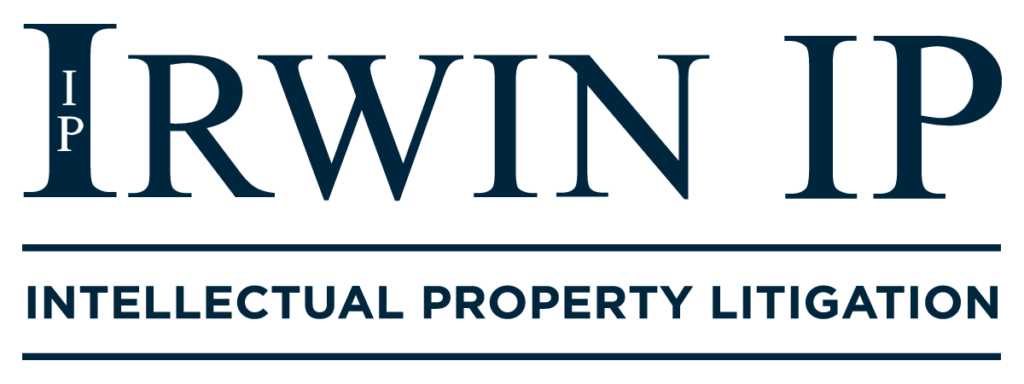Recently, the Court of Appeals for the Federal Circuit (“CAFC”) found that sending a quote to a potential customer was enough to invalidate a patent under the on-sale bar. Plaintiff and patent owner, Larry G. Junker sued Defendant Medical Components, Inc. (“MedComp”) in the Eastern District of Pennsylvania alleging that it infringed U.S. Design Patent No. D450,839 (the ‘839 patent). The district court rejected MedComp’s argument that an offer for sale of a product covered by the ‘839 patent prior to its critical date invalidated the patent under the on-sale bar of 35 U.S.C. § 102(b). The CAFC reversed the district court. In 1998, Junker engaged James Edding and his company to begin developing a handle for an introducer sheath for a catheter. Junker’s idea was to use a “Mickey Mouse ear” design to peel or tear away the handle and sheath after the catheter is introduced. By January 1999, after several rounds of prototypes, Eddings arrived at a satisfactory iteration. On January 8, 1999, at the request of Boston Scientific Corporation (“BSC”), Eddings sent a letter to BSC with a quote for an introducer sheath for a catheter that included a price chart with specific tiered information on prices for different sized devices to be shipped FOB to Athens, Texas and ended with an invitation for the parties to meet in person and discuss BSC’s needs. On February 7, 2000, after this letter was sent, Junker filed his application for the ‘839 patent, which covered the product developed by Eddings.
MedComp argued that the letter with the quote was an offer for sale made more than one year prior to the filing of the ‘839 patent application, and hence, invalidated the ‘839 patent under 35 U.S.C. § 102(b). The district court disagreed finding that because the letter contained an invitation for further discussion (and the parties did in fact have further discussions) it was precluded from being a commercial offer for sale.
On appeal, the CAFC acknowledged that “[o]nly an offer which rises to the level of a commercial offer for sale, one which the other party could make into a binding contract by simple acceptance (assuming consideration), constitutes an offer for sale under § 102(b).” The CAFC then turned to principles of contract law to discern whether the completeness of the terms evinced a commercial offer for sale. The CAFC found that the 1999 letter specifically inviting BSC to act, specifying shipment conditions and location, providing a payment term, and, most importantly, offering tiered pricing for size and quantity of product (with discounts for more product ordered), were all indications that it was a commercial offer for sale. Although, Junker argued, as the district court had, that the language of the letter indicated that it was a quote and invited further discussions, the CAFC noted that its precedent found that these two factors did not preclude finding a commercial offer for sale. The CAFC found that the district court’s approach too stringent because BSC could have merely responded with a number and size of product and the transaction would be complete.
Even though the ’839 patent was evaluated on pre-AIA standards, the AIA still maintains the on-sale bar as a requirement. Therefore, this case shows that sales quotes and similar communications with pricing information can be commercial offers for sale invalidating a later patent even if the communication requests further discussions regarding any potential sales.
